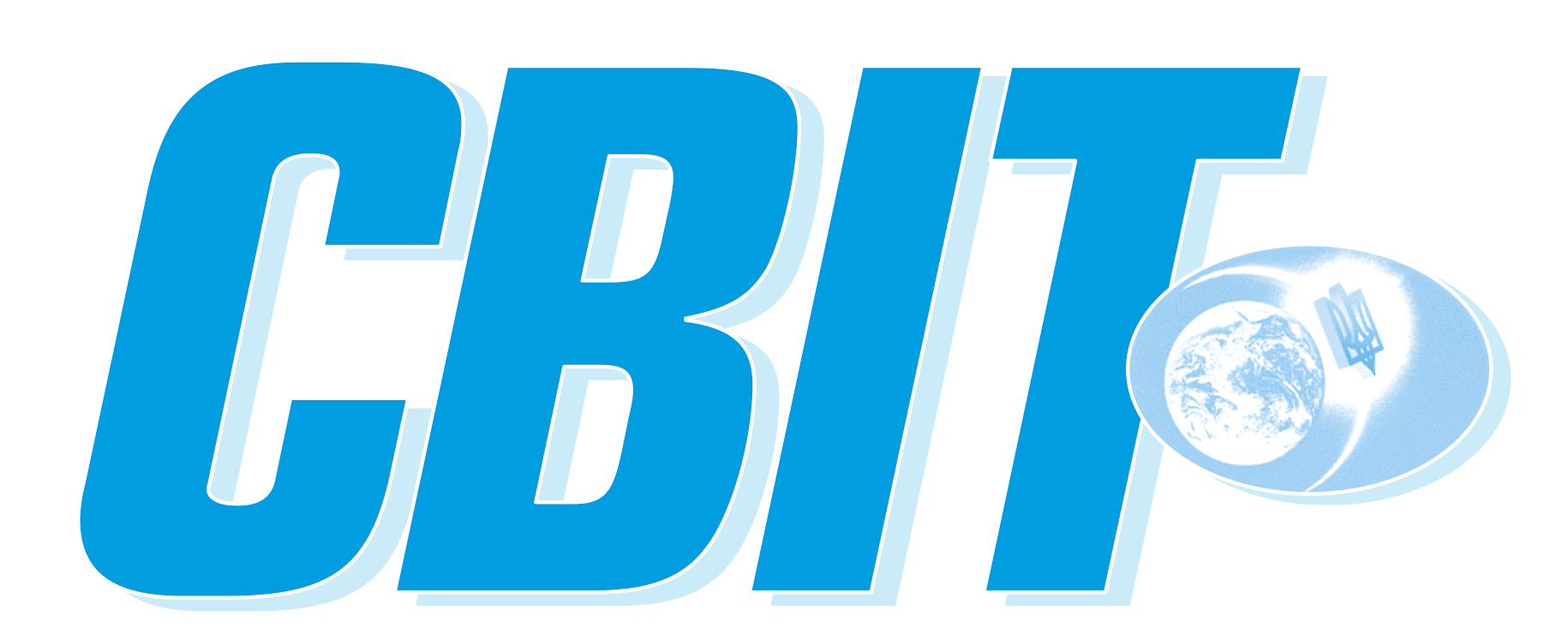In fact, Ukraine’s economic losses due to Russia’s armed aggression have yet to be calculated and understood. But we already know the first figures. At the meeting of the Presidium of the National Academy of Sciences of Ukraine, the Director of the Institute of Economics and Forecasting of the National Academy of Sciences of Ukraine, Academician Valeriy Geyets, made some assessments – both macroeconomic and for selected areas.
Estimates of leading foreign business groups on the decline of our GDP in 2022 differ significantly. For example, “Raiffeisen research” gives minus 15%, “Citygroup” – minus 32%, and “Intelligence” – minus 46.5%. Our government also gave preliminary assessments. Recently, Prime Minister Denys Shmygal released to public the figures between 30% and 50%. In addition, government estimates put the total loss at $ 600 billion for assets and liabilities, not GDP.
The scenario calculation of possible economic losses of Ukraine, which was carried out by specialists of the Institute of Economics and Forecasting, pre-determines the losses of Ukraine as 22 to 46% of GDP. Valeriy Geyets compared these figures with the losses of other states during the wars in the post-Soviet space. Thus, in Armenia in 2020 due to the conflict in Nagorny Karabakh, GDP reduction was 7.4%, Georgia for a few days of war with Russia in 2008 lost about two billion dollars.
For some industries, the losses of the mining and metallurgical complex are now about 50%.
According to Valeriy Geyets, about 30% of enterprises in this field have completely stopped their activities, and 45% have reduced production.
– As for food security, there is no threat of hunger as such in Ukraine, but there are problems with food, because many businesses have been lost, – said Academician Geyets. – However, given that our food industry and agriculture provided a large share of world exports of sunflower oil and wheat, this raises serious concerns in the world about the threat of hunger. If restrictions are imposed on Russia (taking into account the sanctions already imposed), it is estimated that about 25 percent of the world’s population will face hunger. About 400 million people directly depend on the supply of Ukrainian grain.
As for the sowing campaign, it is projected that a third of our area will not be sown this year. Another 20% of the area is in question. “We expect that the harvest will be 50% lower than in 2021,” – Valeriy Geyets makes a disappointing forecast.
Due to the war, Ukrainian producers are falling out of global added value chains. For example, according to Academician Geyets, several European automakers are forced to shut down factories across the continent due to the lack of wires manufactured at Ukrainian plants. In addition, more than half of the world’s neon was produced by Ukrainian companies in Mariupol and Odesa.
As Valeriy Geyets noted, now Ukraine cannot meet the corresponding world demand. Therefore, the palm of victory will probably be caught by China.
In addition to recording our losses, it is important that they be recognized by the international community. After all, then we will have to fight in international courts for Russian assets, as well as receive aid and credit for economic recovery. “At one time assets and liabilities were not properly registered in our country,” said Valeriy Geyets. “This is the issue that we will have to study in the framework of our scientific activities.”
The academician outlined the thematic focus of economic research in the war and postwar period. In particular, these are the issue of spatial localization of both industries and labor in view of migration processes, strategic guidelines for the postwar revival of the Ukrainian economy, the national energy paradigm, industrial development in the European integration context, etc.
Prepared by Dmytro SHULIKIN
